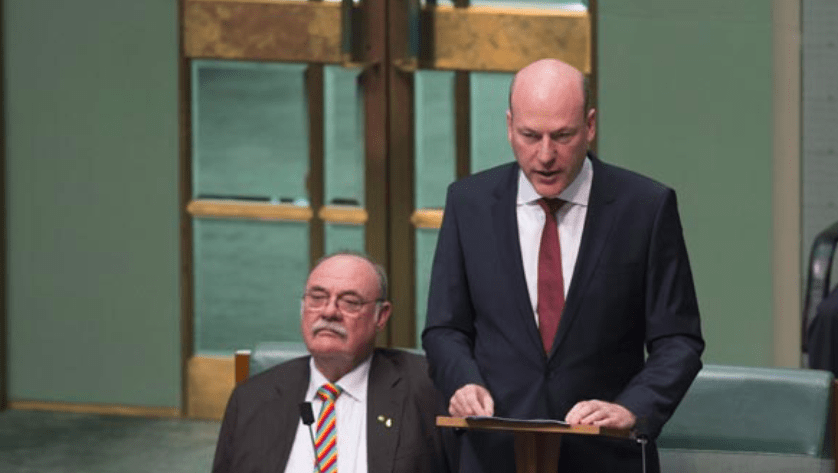
We are into a new financial year and it’s worth stopping to reflect on global and national developments since July 1st, 2020 because much has happened. We’ve witnessed events that will command prominence in the annals of history and our collective psyche for decades to come.
The next 12 months will have a profound impact on health policy and industry, but what issues across Australia and New Zealand will drive this?
Australia
Federal Election.
An election will be held sometime in the next year, the question is when. Expectations at the start of the year were that it would be called in 2021, but a tempestuous vaccine roll out means the Government perhaps feels it has lost the confidence of the public despite a strong pandemic response in 2020. Vaccine hesitancy may have led to a Prime Minister himself hesitating on going early to the polls, making May 2021 the most probable date with both political analysts and bookmakers alike. Healthcare was a central theme of the 2019 and 2016 elections, it will be the defining issue of the next one.
Post-federal election budget.
The first budget post the election, irrespective of the Government returned, is likely to be an austerity one in terms of health funding given the significant spend throughout the pandemic. Making the case for funding treatments, diagnostics and medical devices in this environment will require patience, persistence and skill.
The Zimmerman review.
Led by chair Trent Zimmerman MP (pictured), the House of Representatives Standing Committee on Health, Aged Care and Sport has commenced an inquiry into approval processes for new drugs and novel medical technologies. Noted for its scope and wide review, it is likely to report its recommendations this year which will have implications for the approval of new medical technologies. At a recent Medicines Australia event in Canberra, committee member Dr Mike Freelander MP promised change and insisted the patient voice had been heard “loud and clear”.
Prostheses List reform.
The Government has made significant headway on its proposal to reform the Prostheses List so that the price of medical devices in the private hospital setting is more in line with the public hospitals. The cost of medical devices and its bearing on the price of health insurance has been a live media issue for the last four years. We will see ongoing scrutiny on the value of life changing medical technology, with continued zealous criticism of the cost and reluctance to pay coming from the private health insurance industry.
National Medicines Policy Review.
In October 2019, Health Minister Greg Hunt announced a review of the National Medicines Policy 20 years after it was first implemented. The goal of the policy was to optimise health outcomes for Australians through a collaborative partnership with health consumers, professionals and the pharmaceutical industry. A review has been lined up for some time as healthcare and the needs of the population have changed considerably since 1999. Last month Hunt announced it will kick off in August with completion by May next year. It will be co-chaired by Deputy Medical Officer Dr Michael Kidd and no doubt be aided by the findings in the Zimmerman inquiry.
Vaccine roll-out.
Where to even start on this one? It’s been a rollercoaster ride through procurement and supply chain issues, to vaccine hesitancy and ever-changing advice from the Australian Technical Advisory Committee on Immunisation (ATAGI), as exceptionally rare but serious side effects of the AstraZeneca vaccine were played out in a 24/7 media frenzy. This has become an ugly, highly politicised issue, pitting health experts against each other. It seems that time and increased supply of mRNA vaccines will be the only way out of this uncomfortable deadlock.
Continuous Glucose Monitoring Review.
Diabetes was the biggest health challenge before the pandemic and it will remain so after. Effective management of diabetes has been transformed by Continuous Glucose Monitoring (CGM) technology empowering people to take control of their own health. The aim of this review by the Medical Services Advisory Committee (MSAC) is for a consistent and transparent framework for considering the inclusion of new and emerging diabetes management products in the CGM Initiative. A recent consensus statement published in the Medical Journal of Australia from diabetes peak bodies noted the significant patient outcomes associated with access to management technology. With more more than thirty countries offering subsidised access schemes, Australian suppliers will find out in August-September 2021 if the Australian scheme will be expanded in line with other countries.
COVID news cycle.
New outbreaks in the community present challenges to pitch non-COVID-19 stories. Specialist health reporters at mainstream news outlets are almost entirely focused on the virus , although cancer stories still generate interest. Any non-COVID news story needs a strong news hook or at the very least a strong patient case study to have any chance of landing. Your expert messenger must be a local one.
New Zealand
District Health Board reform.
The Government has announced plans to abolish all 20 District Health Boards (DHBs) and create a national health organisation akin to the NHS in the United Kingdom. This could simplify and speed up decision making processes. Details around how this transformation will work are yet to be revealed.
PHARMAC.
PHARMAC continues to be a target for media criticism and public ire due to insufficient funding to meet the health needs of its populations . There have been numerous public protests in recent years, and a recent petition from the Patient Voice Aotearoa was delivered to New Zealand parliament calling for significant reform and funding increases.